QuestionI have 2 questions actually.
I have 2 fire belly toads. I think one of them may have eaten a rock. What do I do and how do I avoid this in the future?
I also have a Whites Dumpy tree frog. I have trouble keeping the humidity up in the cage. what are the best solutions for this?
AnswerHi Sara, Any time there is a loose particle substrate in an enclosure there is a chance of accidental ingestion. I'm not aware of anything proactive you can do at this point other then keep feeding him and hope it either passes or can be regurgitated. Presumably they encounter pebbles and such while feeding in the wild without it becoming a life threatening situation but it is always a concern when you want to have a natural looking vivarium. Most keepers feel that coconut mulch is fairly safe due to its fine consistency. Obviously you want to avoid gravel and other small consistency rock that can be accidently picked up.
For the humidity question there are a few things that will help. Again, the substrate makes a big difference with coconut mulch holding and slowly releasing moisture well. Covering a portion of the tank top will also increase the humidity within. A larger water dish will also increase the water surface/evaporation ratio in the tank.
I have been keeping White's for many years now and one of the nice things about them is that you don't have to worry about the humidity level as much with them as you do with many of their rain-forest cousins. The same thicker skin that allows them to tolerate some handling also protects them from dehydration. As long as they have access to a water dish they do quite well in a drier situation. I have always kept my White's this way and several of mine are well over 10 years old. The other advantage of this is you avoid the bacterial and fungal infections that so often claim captive frogs. The organisms responsible for "red leg" and other bacterial infections thrive in humid environments.

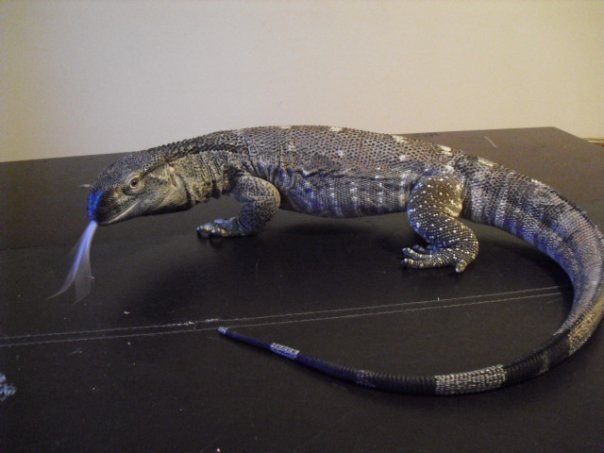 Is salt water ok?
QuestionQUESTION: Hi, Im moving to the coast in a coupl
Is salt water ok?
QuestionQUESTION: Hi, Im moving to the coast in a coupl
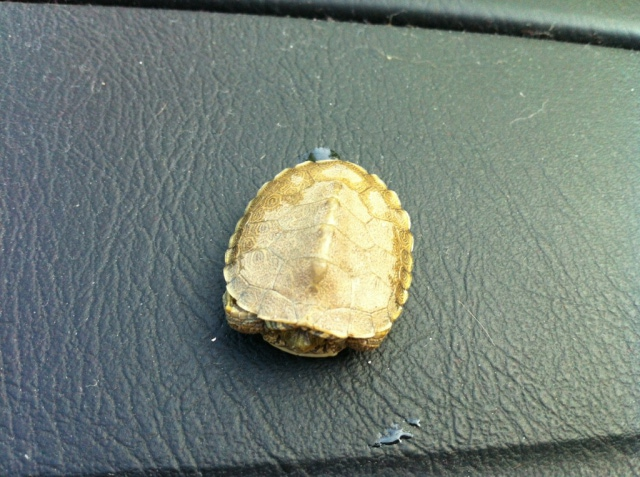 What kind of turtle is this?
Question
george george
i found him at a be
What kind of turtle is this?
Question
george george
i found him at a be
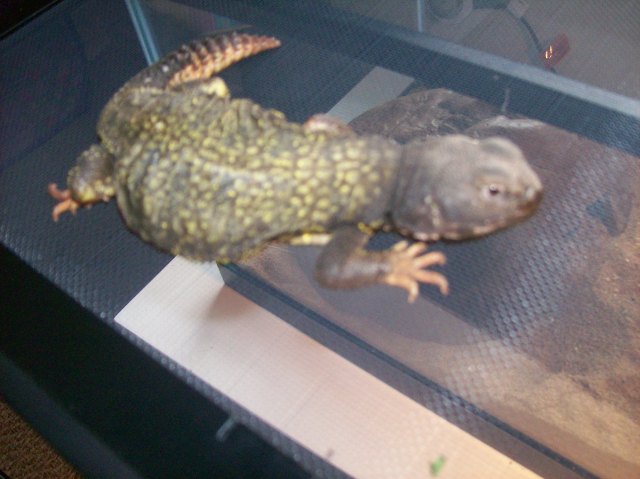 uromastyx question
QuestionMy lizard pretty cool
QUESTION: Hi i ju
uromastyx question
QuestionMy lizard pretty cool
QUESTION: Hi i ju
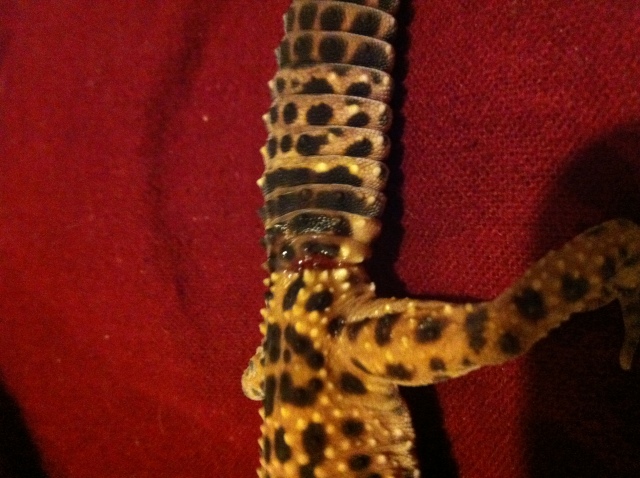 Leos tail
QuestionQUESTION: I have a leopard gecko who is about s
Leos tail
QuestionQUESTION: I have a leopard gecko who is about s
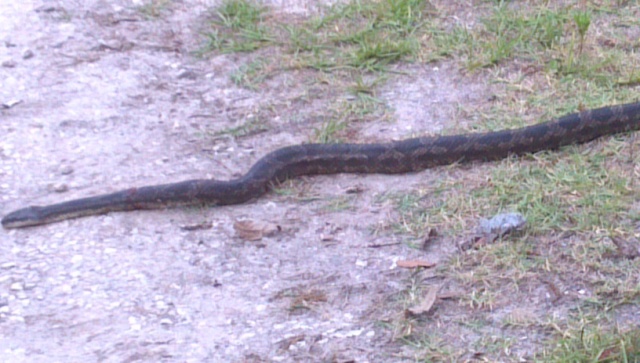 snake curled up in my back tire
Question
pic 1
Hello, I would like to know what
snake curled up in my back tire
Question
pic 1
Hello, I would like to know what